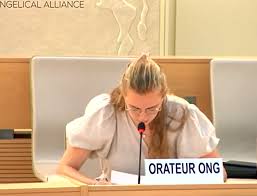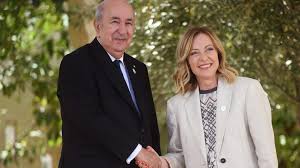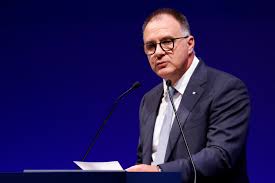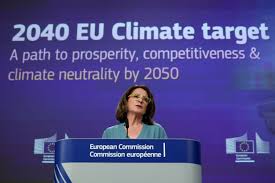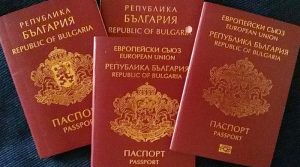What lies behind Italy’s immigration crisis?

Rome: A huge number of migrants have reached Italy by sea from North Africa, causing problems for Prime Minister Giorgia Meloni’s right-wing government after it promised tighter controls.
Since Jan. 1, around 118,500 sea migrants have landed on Italian shores, a near-record figure that jars with Meloni’s election campaign pledges.
On current trends, arrivals are near the peak recorded in 2016, when about 181,500 sea migrants arrived in Italy. In January-August of that year, there were about 115,000 landings, compared to 114,526 in the same period of 2023.
Worsening economic and social conditions in Tunisia have contributed to the surge, putting pressure on Lampedusa, Italy’s southernmost island and a first port of call for many crossing from North Africa.
Migrants who arrive in Lampedusa or elsewhere in Sicily do not stay but usually move north, with many seeking to travel on to northern Europe.
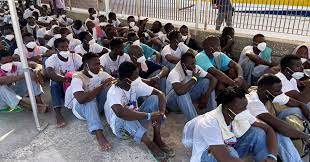
Mayors in several cities have complained about being left with the main burden of caring for the migrants, with little financial help from the central government, especially for unaccompanied minors.
Members of the ruling coalition have accused the EU of not offering enough support for Italy – but other EU members are also under pressure from immigration.
Italy faces more sea arrivals but other countries are dealing with higher overall migration figures, including via land. In 2022, Germany, France, Spain and Austria all received more first-time asylum applications than Italy.
Meloni led the EU into striking a deal with Tunisia in July to stem migration flows but so far the pact has had little effect. Italy is pushing for similar agreements with other countries of origin and transit.
The government has also taken a hard line against migrant rescue charities, impounding their boats, banning them from conducting multiple rescues and making them travel longer distances to disembark migrants.
Charities have been accused of working with human smugglers and encouraging migrants to set off at sea knowing that someone will be there to rescue them. Charities say both charges are false.
Following a shipwreck in February that killed at least 94 migrants, the governments stiffened jail terms for human smugglers, but also raised the number of migrant work permits to favour legal migration.
Charities and activists say there is a shortage of reception facilities for migrants because the government has cut funds. They urge the government to open more legal migration routes, drop its hostility towards rescue NGOs, and simplify the legalisation process for irregular migrants already in Italy.
With the population shrinking and labour short, Meloni’s administration has partly heeded such calls, raising entry quotas for non-EU migrant workers to 452,000 for 2023-2025 from around 83,000 in 2022. The government has pledged more funds for unaccompanied minors.

